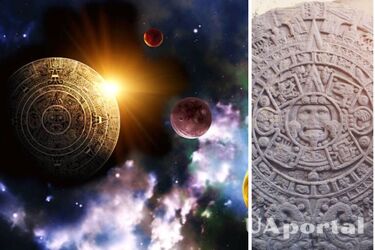Scientists say they have solved the mystery of the ancient Mayan calendar

American scientists from Tulane University have managed to crack the code of the Mayan calendar. They have been trying to decipher it since the early 40s of the last century.
According to ScienceAlert, ancient calendars were based on natural phenomena. Their creators marked the change of seasons, the solstice, or the movement of stars. The Mayan calendar covered 819 days, but scientists could not compare the 819-day cycle with anything for a long time.
Read also: Archaeologists in Mexico found a Mayan toy: what Pok Ta Pok looks like
As part of the new research, anthropologists analyzed how the calendar works for a longer period of time - 45 years. The results showed that it correlates with synodic periods - the time intervals that celestial bodies take to return to their starting point for an earthly observer.
The Mayan calendar is actually a complex system of smaller calendars developed centuries ago in pre-Columbian Mesoamerica. New data has shown that the ancient people were able to make extremely accurate measurements of the synodic periods of the visible planets: Mercury, Venus, Mars, Jupiter, and Saturn. Thus, the synodic period of Mercury is 117 days, which is exactly seven times 819 days. Scientists have also found coincidences in the case of other celestial bodies.
"Instead of limiting their attention to any one planet, Mayan astronomers created a larger calendar system that could be used to predict the synodic periods of all the visible planets," the authors of the study, which is published in Ancient Mesoamerica, noted.
Earlier, archaeologists determined the true size of the largest Maya settlement.
If you want to get the latest news about the war and events in Ukraine, subscribe to our Telegram channel!
